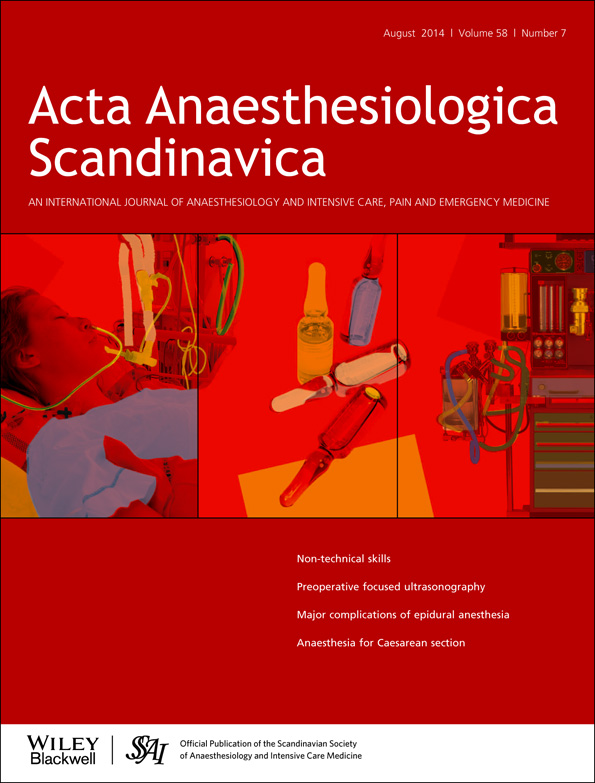Intubation conditions in young infants after propofol and remifentanil induction with and without low-dose rocuronium
Abstract
Background
Bolus injections of intravenous propofol and remifentanil can be used in the tracheal intubation of infants and children, but relatively large doses are needed. We hypothesised that addition of a small bolus of rocuronium would ensure good intubation conditions when modest propofol and remifentanil doses were used.
Methods
Seventy infants between 3 weeks and 4 months of age were randomised to receive either placebo or rocuronium. Anaesthesia was induced with IV propofol, 3 (3–5) mg/kg [median (range)]. Rocuronium (0.2 mg/kg) or placebo was then injected, followed 15 s later by 2 μg/kg remifentanil. One anaesthetist attempted tracheal intubation 1 min after the rocuronium/placebo injection and used the ‘Copenhagen scoring system’ to assess intubation conditions. The neuromuscular effect of 0.2 mg/kg rocuronium was recorded in another eight, already intubated, infants using thumb accelerometry during train-of-four stimulation of the ulnar nerve.
Results
Intubation conditions were classified as ‘poor’ in 14 of 34 (41%) patients given placebo and in 10 of 36 (28%) patients given rocuronium (P = 0.32). There were four failed first attempts at intubation in the placebo group and none in the rocuronium group (P = 0.051). Maximum neuromuscular depression occurred 4 (3–8) after injection of 0.2 mg/kg rocuronium.
Conclusions
Intubation conditions were poor in almost one third of the patients receiving propofol-remifentanil. Adding a low-dose rocuronium did not significantly improve intubation conditions.




